PrAACtical Thoughts on Challenging Behavior: Things To Think About
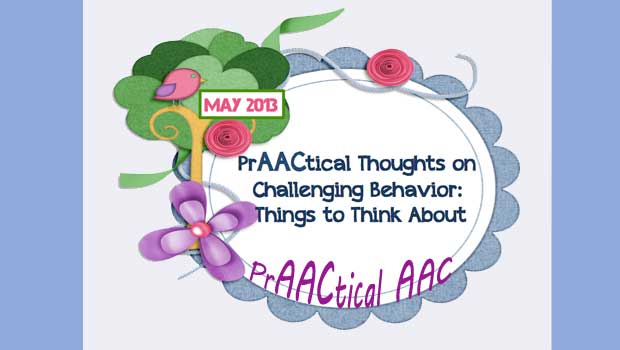
We have had several experiences in the last couple of weeks relating to concerns from SLP’s and educators about challenging behavior (dare we say it might be less structure, less predictability, less routines, or just plain tiredness because it is the end of the school year). Challenging behavior is hard… and disconcerting especially if you feel that you have little control over it (imagine how the learner feels- almost no one wants to be unhappy and out of control). However, there are so many strategies and supports that can improve the situation. It is often about getting back to basics (especially if end of the year issues play into the challenging behavior).

The First 5 Questions to Ask:
- How Does the Learner Communicate? It is important that everyone has a way to communicate their own wants, needs, ideas, interests, and more. It is NOT good enough to just ‘know’ what someone wants. Even though some learners are beginning communicators or may seem to only request items, communication involves much much more for EVERYONE. Do not underestimate the power of a communication system to decrease challenging behavior.
- How Does the Learner Understand Language? Comprehension of language and predictability of experiences is often not as good as it might ‘look’. It is hard when you do not fully understand what is happening, what people are saying to you, or how to predict what will happen next. Sometimes even if we know what is going to happen, we still need to ‘see’ it for it to make sense. Again, it is NOT just good enough to know the schedule, or know what individual words mean. A visual language environment can help with language and experience understanding and thus decrease challenging behavior.
- How Often Are There Choices Offered? We All like choices. If we have the appearance of choosing ourselves, we are much more likely to participate and cooperate. Sometimes we even like to communicate that we do not like any of the offered choices. This is also true for learners with special needs, maybe more true because they often can not communicate their own choices the way children/adults without communication problems do.
- Are you expecting Compliance vs Communication? This is a big question and often one that poses a big problem. Typical language users negotiate their way out of doing things by changing the subject (distraction), offering alternatives (“in a minute”), arguing (“No Way, Not Today”), complaining (“but… I am so tired”), or just venting (“agh come on, not again”). Negotiation happens about 70% of the time for typical learners (from small children to graduate students and beyond). Learners with communication problems can only negotiate by using their behavior. We have found that learners with communication problems often are more compliant than others but they are not given the chance to negotiate.
- What Has Been Done To PREVENT the Challenging Behavior? We need to make sure the basics are in place to help with structure, understanding, communication, and organization. We need to use positive behavioral supports rather than tell learner’s what not to do. Schedules, mini-schedules, calendars, first-then boards, and environmental organization supports (labels, boxes, bins, borders, etc) are just a few of the supports that should be in place for many learners with communication difficulties. Are they?
After asking, answering, and making some modifications, you will see a decrease in challenging behavior. There is A LOT we can do to prevent and minimize challenging behavior. Be careful not to fade the supports when the behavior improves (would you want your schedule taken away or the labels on your file folders removed…. we think not).
Other Resources for Learning About Strategies to Help Decrease Challenging Behavior
- PrAACtical AAC Thoughts on Behavior
- PrAACtical AAC Thoughts on Challenging Behavior
- Self Calming Strategies
- 3 Communication-Behavior Visual Supports
- 5 Sites for Tools & Tips on Self Calming & Behavior Regulation
- Ted Carr on Challenging Behavior
- Positive Behavioral Support on Pinterest
Filed under: PrAACtical Thinking
Tagged With: behavior, Challenging Behavior, visual supports
This post was written by Robin Parker
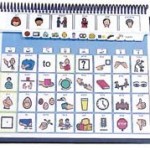

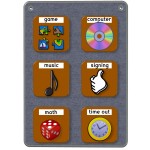


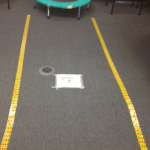

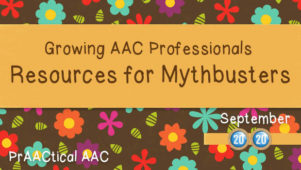

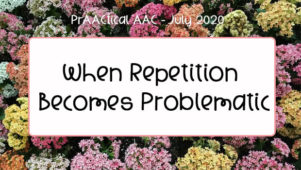

3 Comments
Are you expecting compliance versus communication? Oh I love it 🙂 Thank you!
Remember, often negative behavior increases before it decreases. Don’t pull the supports to early and just guess that they “aren’t working”. Kids need time to learn and learn to trust those supports!
Absolutely! Thanks for reminding us of that point and thanks for taking the time to write.